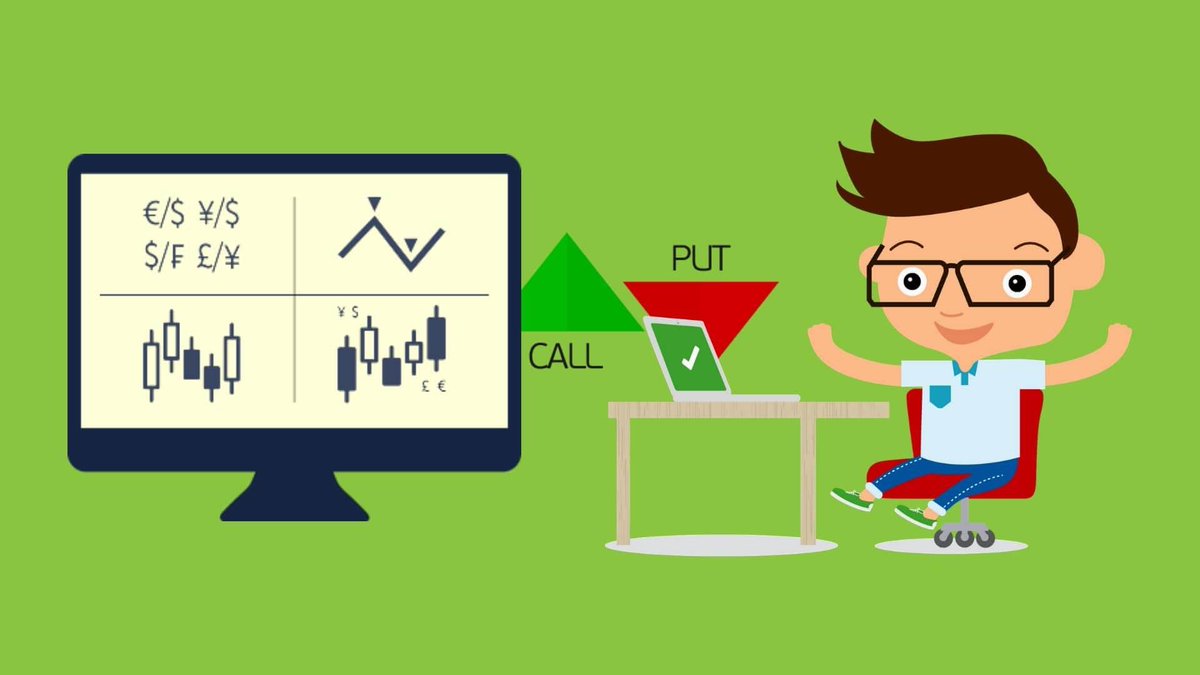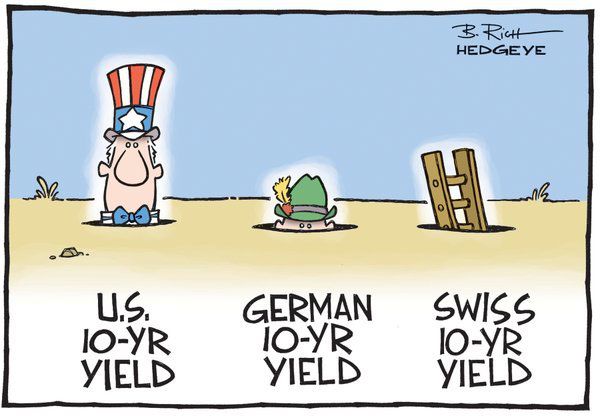It gives the buyer the right, but not the obligation, to buy (a “call”) or sell (a “put”) an asset.
It specifies the price at which the asset can be bought or sold (“strike”) as well as a date this must occur before (“expiration”).
Let’s use a simple example to illustrate how this works. In this thread, we will cover the call option.
(Don’t worry, Bears, I’ll cover the put soon!)
You find the perfect one in a town nearby. You hear the town may get a nice new mall, so housing prices may rise quickly.
Paul, the house’s owner, wants $1M for it. You don’t have that kind of money today, but you will soon.
So you offer Paul a deal.
You’ll pay him $50K today for the right to buy the house for $1M before December 31.
Paul agrees to the deal.
Strike = $1M
Expiration = December 31
Premium = $50K
One of two scenarios now plays out:
1️⃣ - Mall Built = 🏠 Prices ⬆️
2️⃣ - Mall Not Built = 🏠 Prices ⬇️
In scenario 2, you don’t exercise. The house is now only worth $900K. You’re only out the $50K, so it’s ok.
There are more nuances to this - selling/writing, pricing dynamics - but we can save those for 102 and 103!
I hope this was a helpful primer!
Stay tuned for part 2 of Options 101, where I’ll cover put options.





